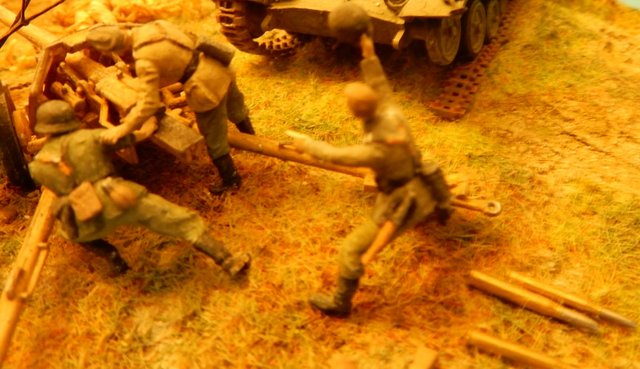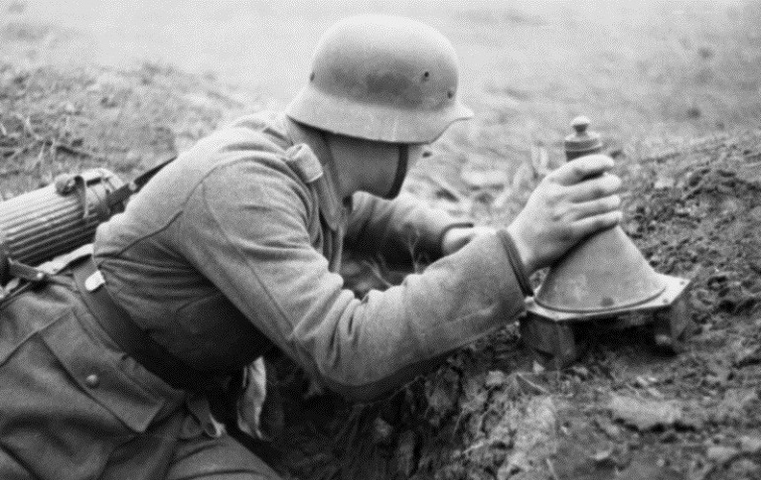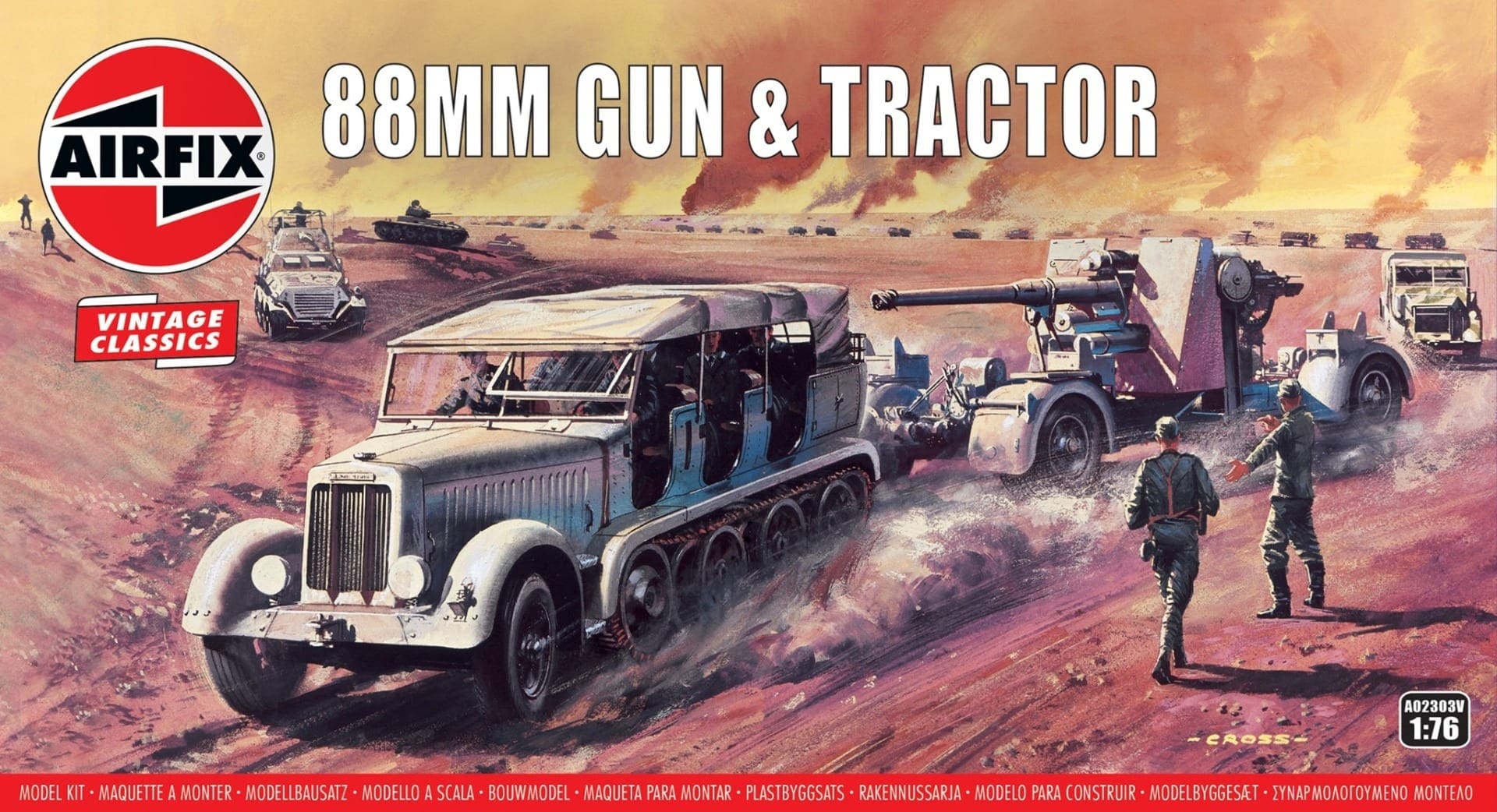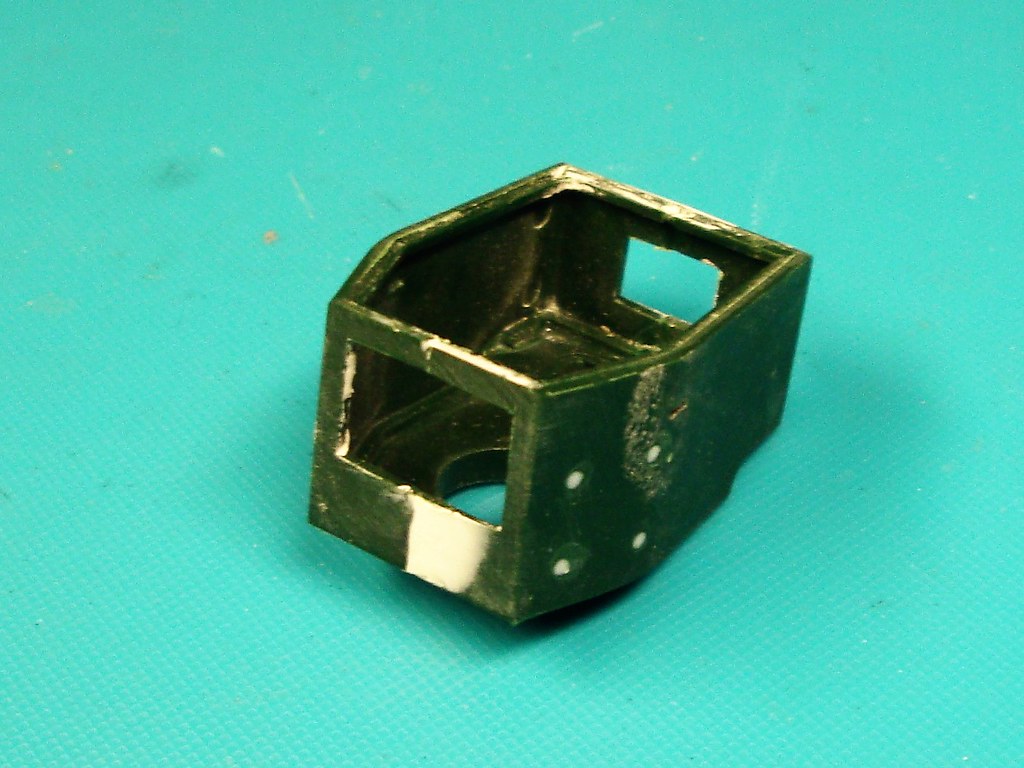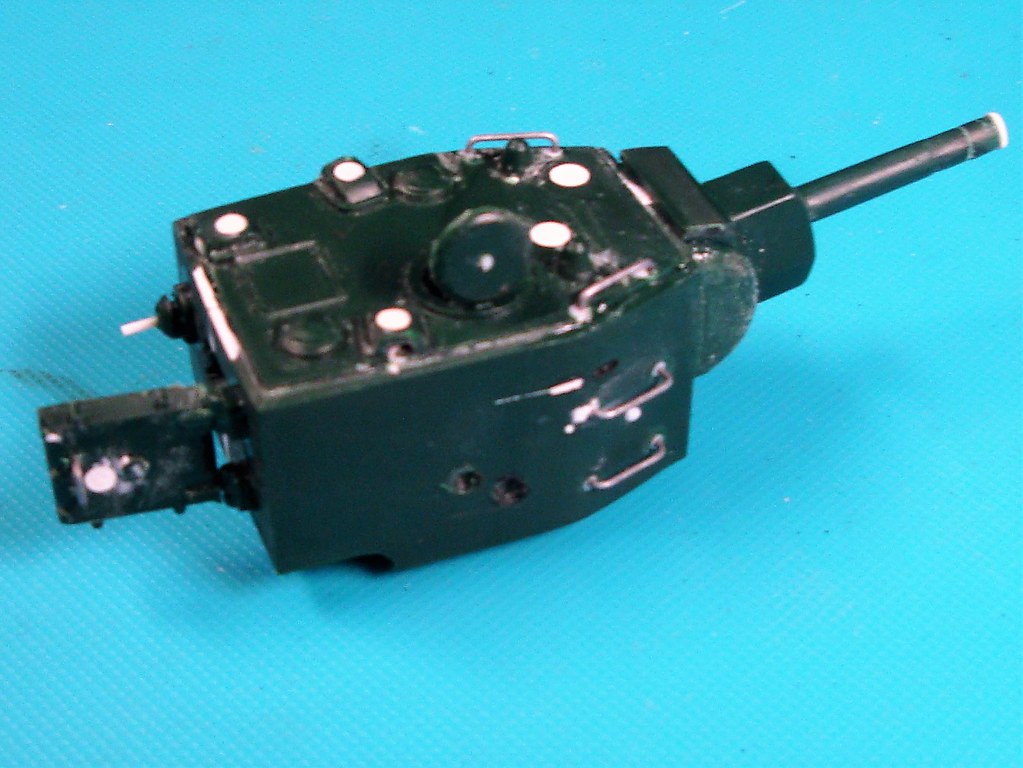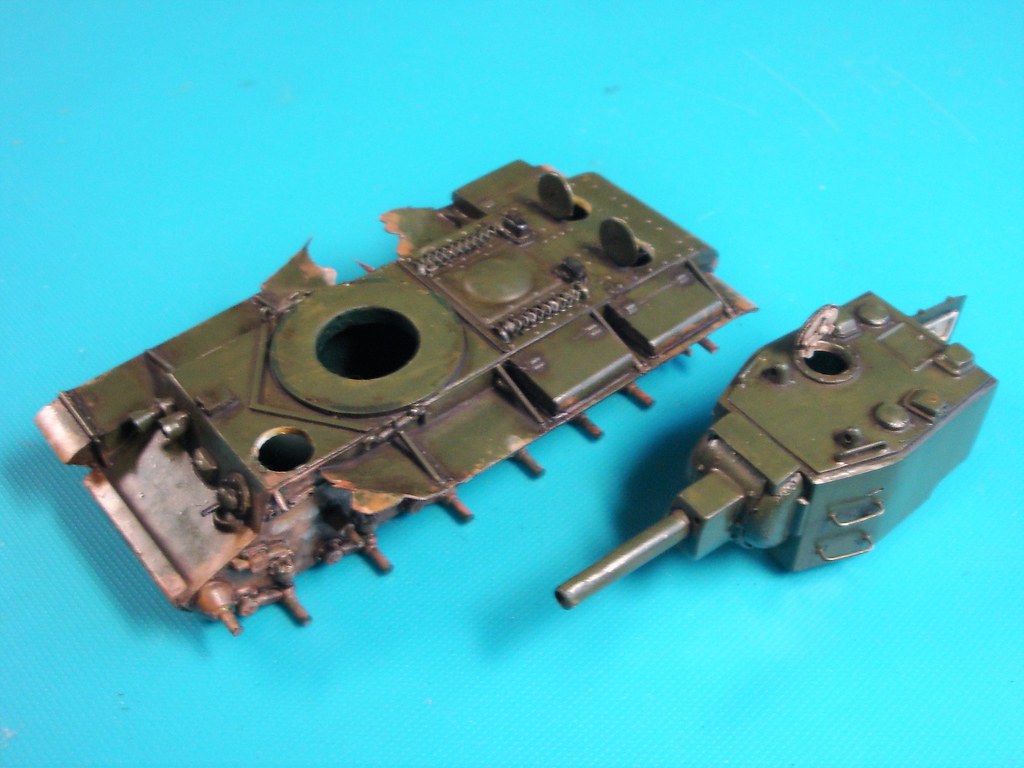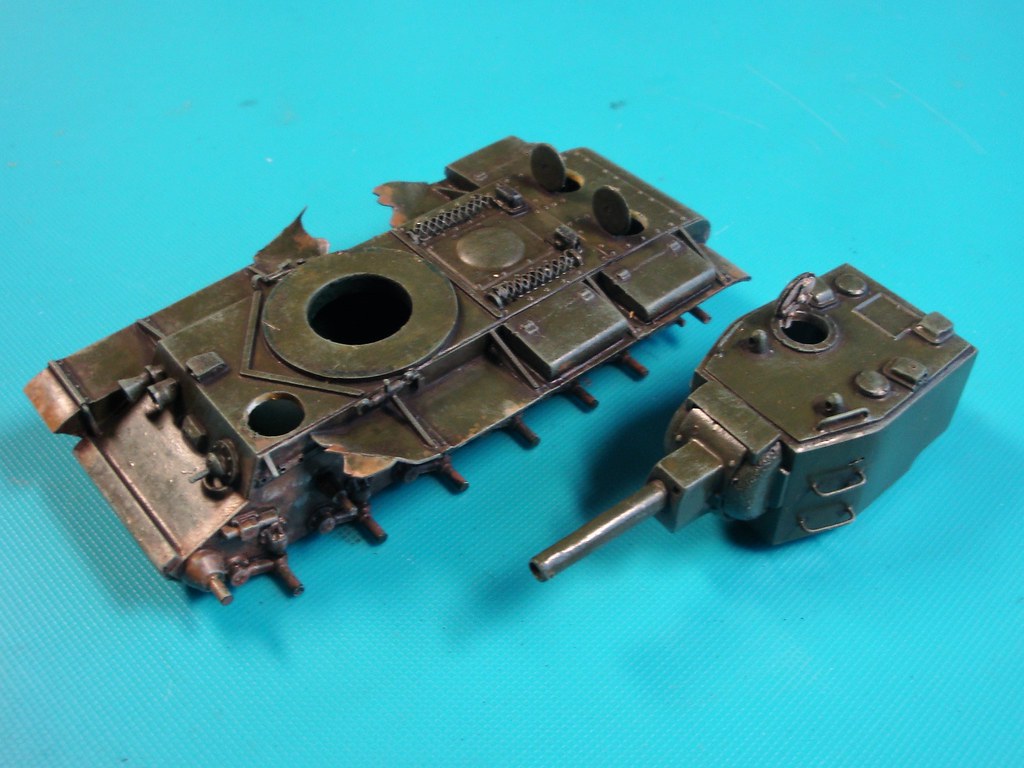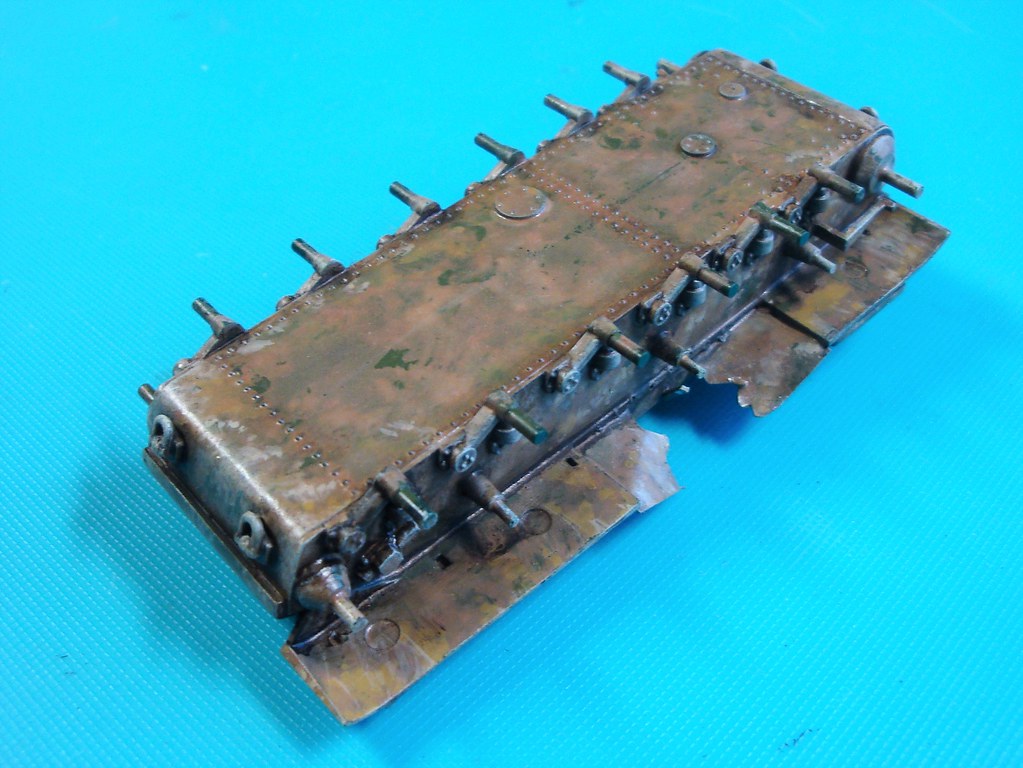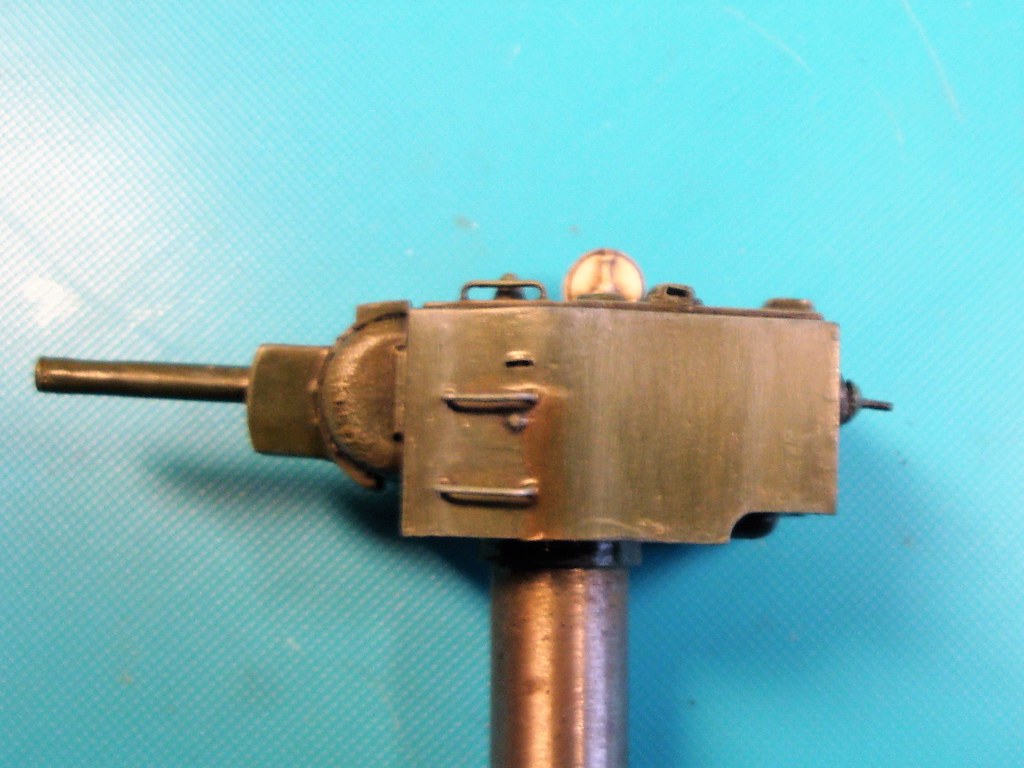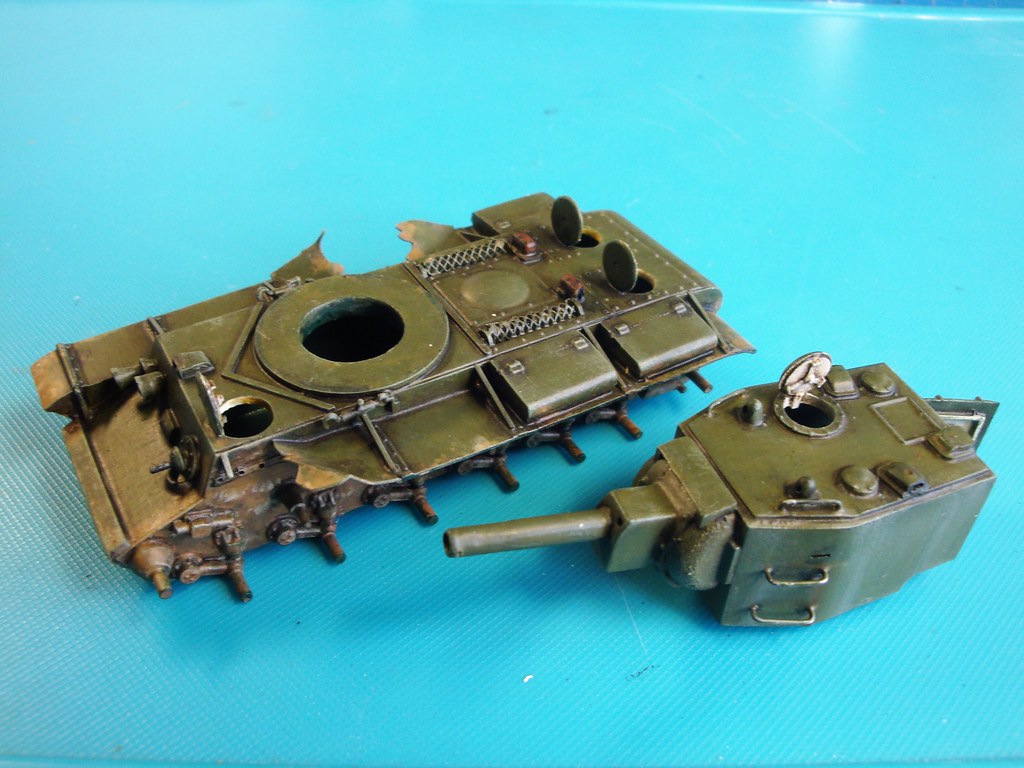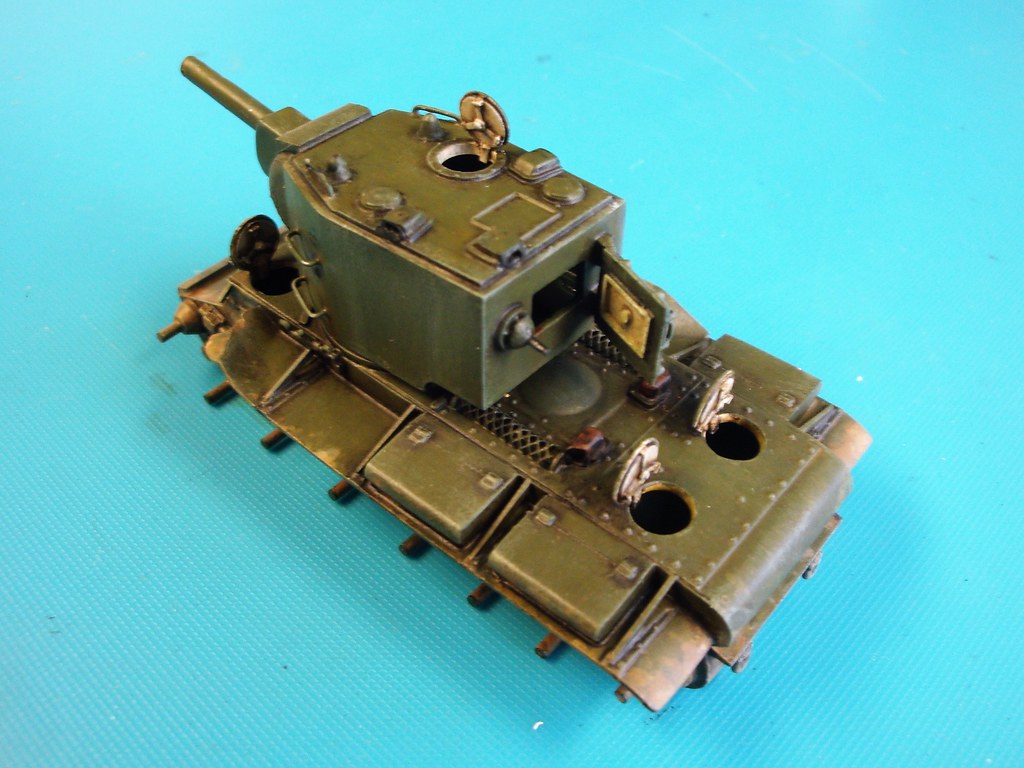During the Winter War in 1939-1940 the Soviet advance was continuously halted by fierce Finnish resistance in the Mannerheim line. Soviet Stavka decided the army needed a heavy assault gun with enough firepower to destroy bunkers and strongpoints, enough armour to safely approach enemy fortifications, and enough cross country mobilty to move off road in the densely forested Karelia.
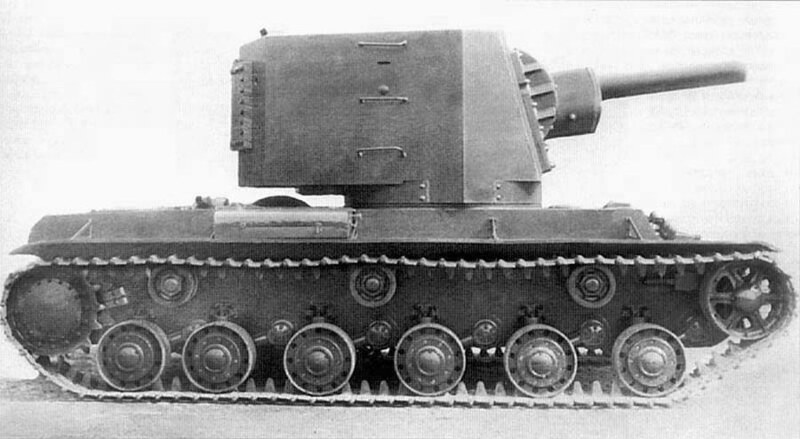
The result of this demand was a huge assault gun, combining the proven 152mm army howitzer with the heavily armoured and wide tracked hull of the brand new KV tank. To accommodate the howitzer a very high turret was needed, as the turret ring of the KV was too small for this. The first tests of this vehicle were succesful and in 1940 a first series of 20 vehicles was taken into production. To distinguish this vehicle from the KV heavy tank it was called 'KV with big turret' by the Soviets. Due to German nomenclature it became known in the West as the KV-2 tank, altough strictly spoken it is not a tank.

Later in 1941 a second series of KV-2's was ordered. This seeries distiguishes itsself from the earlier version by a new simplified turret, that was both shorter and roomier, thanks to the new vertical front plate. This is the most produced version of the KV-2. More than 180 have been built.
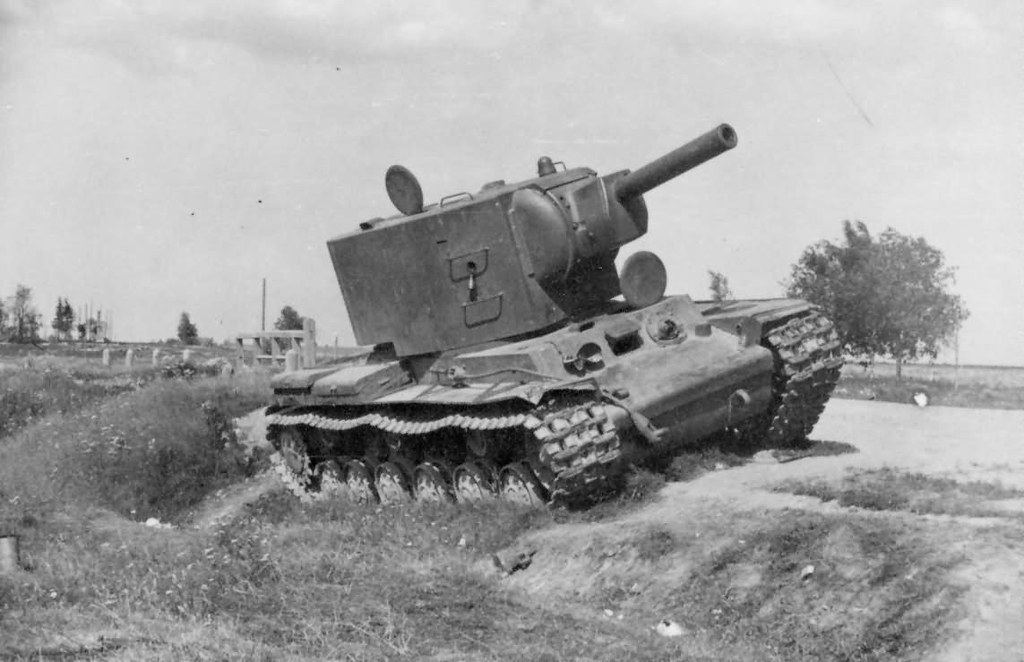
Although effective as a bunker buster, the KV-2 was unreliable, unmanagable and not suitable as a tank. Due to the heavy turret and gun, the vehicle was underpowered and prone to breakdown. The turret was so heavy, it could not turn if the tank was not fully horizontal. And the gun and sighting optics were not fit for tank to tank battle. More KV-2's broke down from mechanical failure, than from enemy fire. As a result production was not continued after the transfer of Soviet heavy industry to the Ural's from the autumn of 1941 on.

Nevertheless some heroic stories are known from single KV-2's halting the progress of a full German division for hours, due to it's impregnable armour and devastating firepower. As the vehicle has an impressive size, bigger than anything the Germans owned themeselves in 1941, the vehicle is often photographed by curious, impressed and proud Germans.







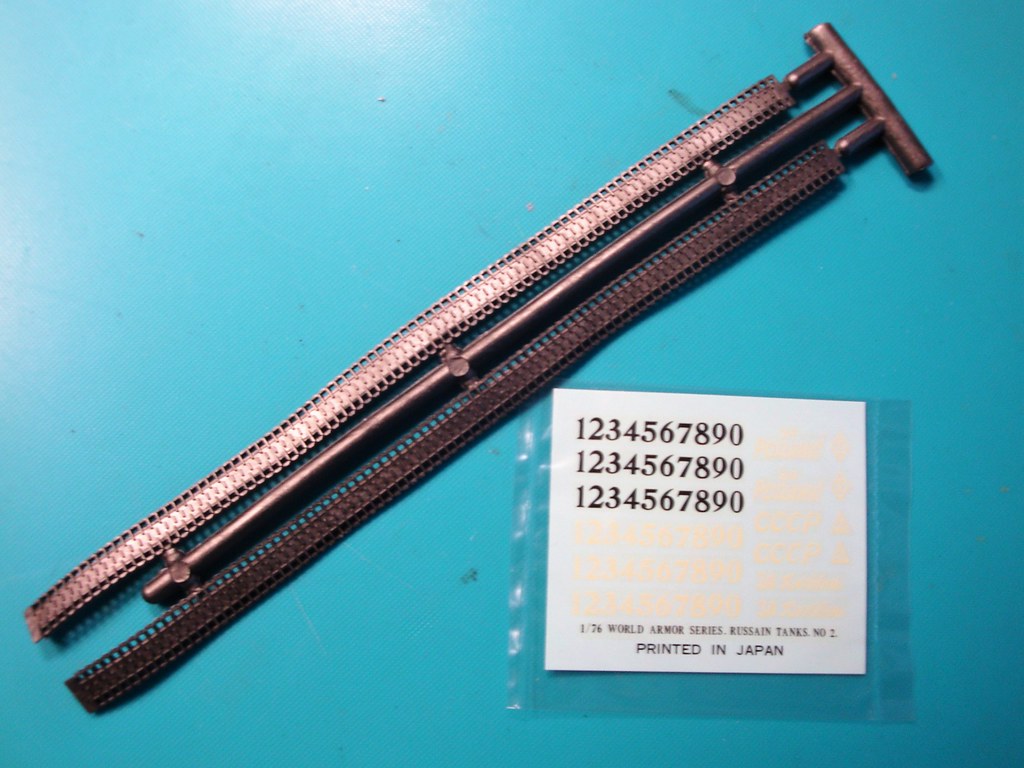









 Moderator
Moderator
